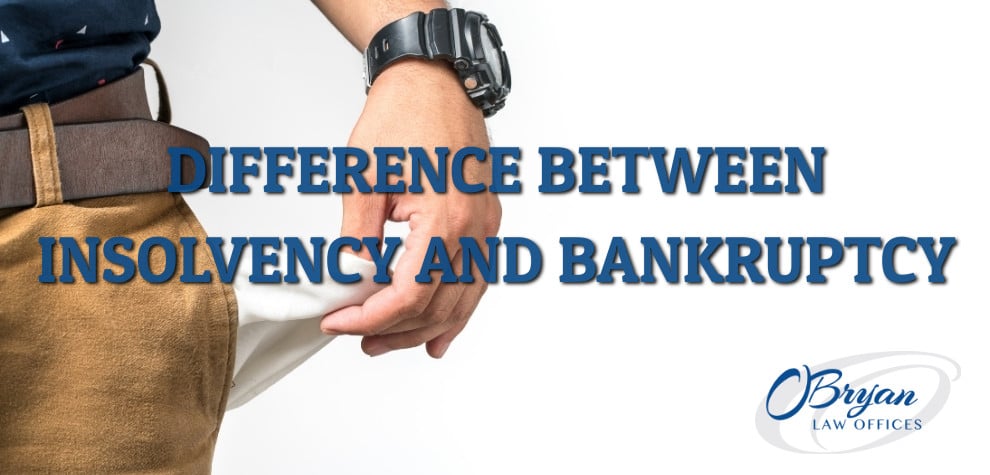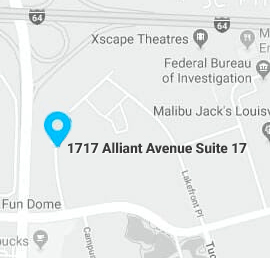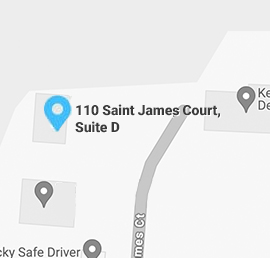If you Google the definition for the word “bankruptcy,” the word “insolvency” appears as one of its synonyms — and vice versa. It is true that the definitions of insolvency and bankruptcy may sound pretty similar to one another, and Google may even classify them as synonyms, but they are not one in the same. While not terribly big of a disparity, there is some difference between insolvency and bankruptcy. In this post, our skilled Kentucky bankruptcy attorneys at the family-owned firm of O’Bryan Law Offices will explain to you in detail the difference between insolvency and bankruptcy.
What is Insolvency?
Insolvency occurs when an individual, company, or entity cannot pay back their debts. Those who are unable to pay back debts to their lenders on time may be labeled “insolvent.” This may be due to either their cash flow or their balance sheet. A lack of positive cash flow can make the repayment of debts nearly impossible, as well as the lack of financial liquidation on their balance sheet. Hence, the individual becomes insolvent.
What is Bankruptcy?
Bankruptcy, on the other hand, is the legal declaration one makes when they are insolvent and cannot pay their outstanding debts. With a bankruptcy filing, the debtor must file a petition with the court in order to achieve assistance in the reorganizing or repayment of their debts.
The process of bankruptcy offers both individuals and companies the opportunity to essentially start fresh with their finances. It does this by forgiving certain debts, reorganizing financing and payment plans, and liquidating assets to pay off creditors.
There are multiple types of bankruptcy filings. These include Chapter 7, Chapter 9, Chapter 11, Chapter 12, Chapter 13, and Chapter 15. Of these, Chapter 7 and 13 are the most common. Here is a brief overview of each chapter:
Chapter 7 Bankruptcy
Chapter 7 bankruptcy is also sometimes referred to as liquidation bankruptcy. This is the most common form of bankruptcy and entails the selling or “liquidating” of an individual or business’s assets to distribute to creditors.
Chapter 9 Bankruptcy
Chapter 9 bankruptcy is specifically reserved for municipalities. Municipalities may refer to towns, cities, counties, or even school districts. Filing Chapter 9 allows the indebted municipality protection from creditors while they establish a new plan for reorganizing and repaying their debts.
Chapter 11 Bankruptcy
Chapter 11 bankruptcy, like Chapter 7, is available to both individuals and businesses. Unlike Chapter 7, however, this chapter works to reorganize debts and allows the debtor to remain in control of their business. Under Chapter 11, the debtor is also able to renegotiate the terms of their debts with creditors, such as interest rates and the value of payments.
While Chapter 11 allows a business to stay intact and come out the other side as a healthy business, it is often the most complex of all chapters. In addition, it is also typically the most expensive type of bankruptcy proceeding.
Chapter 12 Bankruptcy
Chapter 12 bankruptcy is specifically designed for family farmers and fishermen. Family farmers or fishermen under financial distress may file this chapter to establish a plan to repay creditors over a period of 3-5 years.
Chapter 13 Bankruptcy
Chapter 13 bankruptcy is also known as the “wage earner’s plan.” Deciding whether to file Chapter 13 bankruptcy or not usually means weighing the pros and cons between reorganizing debts or liquidating assets to pay them off. However, Chapter 13 bankruptcy is reserved for individuals who have a regular stream of income. It allows these people to develop a new payment plan to pay back either part or all of their outstanding debts over a certain period of time.
Chapter 15 Bankruptcy
Finally, Chapter 15 bankruptcy is the last of the chapters. Added to the U.S. Bankruptcy Code in 2005, this chapter offers a bankruptcy option for cases that involve more than one country. For example, an individual in debt who possesses assets in multiple countries would need to file under Chapter 15. The goal here is to provide assistance and cooperation between a foreign debtor, U.S. bankruptcy courts, and foreign courts.
What is the Difference Between Insolvency and Bankruptcy?
The biggest difference between insolvency and bankruptcy is that the former refers to a state of being or financial situation that someone is in. The latter, bankruptcy, refers to a legal state or declaration. When someone is bankrupt, they have filed for bankruptcy. Meanwhile, while one may be insolvent, they cannot file for insolvency.
Think of it this way: if the state of being insolvent is the problem, bankruptcy is the solution.
Insolvency VS Bankruptcy
As you can see, being bankrupt and being insolvent refer to two different financial states. Although, very often do people use the word “bankrupt” to describe a situation in which a person or company is seemingly broke and unable to pay off their debts and obligations. However, this is a misuse of the word. The word they would be looking for is insolvency. Just because a person or company is broke does not mean they are bankrupt.
In order to be bankrupt, the person or entity must first file a petition with the court declaring their bankruptcy. Like we mentioned before, it is the actual legal process for liquidating assets and reorganizing property. Insolvency is merely a financial state someone may find themselves in when their debts exceed their assets. So, while someone who is bankrupt is in fact insolvent, an individual who is insolvent is not necessarily bankrupt.
In addition, insolvency is something that one can fix without the need to go to court. Bankruptcy, on the other hand, cannot.
The Louisville Attorneys at O’Bryan Law Offices Can Help You
Remember, though you may be insolvent, you aren’t quite bankrupt. However, insolvency may be an indicator that your best interest would be to file for bankruptcy. If you are struggling financially and worry you cannot come up with the money to pay back your outstanding debts, consider speaking with the attorneys at O’Bryan Law Offices. Our team of Kentucky bankruptcy lawyers can assist you in erasing your debt and starting fresh financially. For a free consultation, give us a call at 502-339-0222 or visit our website today.







